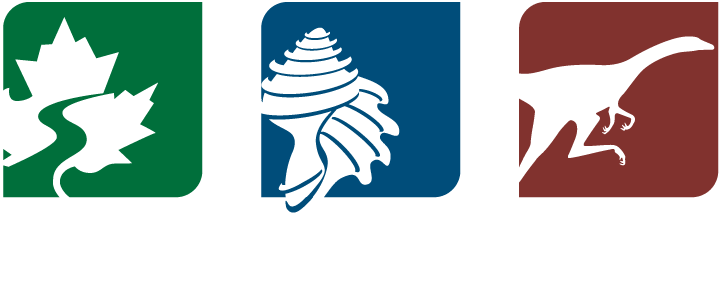Societal impacts of HABs
Societal impacts of HABs
HABs cost money and resources because they impact public health, fisheries, and tourism. In order to manage the effects of HABs, money must also be spent on environmental monitoring and bloom management.
HABs affect many sectors of the economy. Fisheries and fish farms lose profits when fish die in large numbers due to poisoning or oxygen depletion. Fisheries may be closed in areas experiencing HABs to protect public health. Communities may suffer from the health effects of toxic water.
While HABs are temporary, they alter the community’s perceptions of the safety of drinking water and of fish. Depending on the duration of HABs, the livelihoods of fishers might be threatened. HABs may also cause property values to drop and people to cancel vacations, which can affect businesses like hotels, resorts, and restaurants that rely on tourism.
Examples of the societal impacts of HABs
Public health
Toxin-producing HABs have many potential health effects. HABs can produce toxins that harm people who eat contaminated fish or shellfish or come into contact with water where HABs are active. HABs, whether they produce toxins or not, can cause respiratory problems and skin irritation. Some HABs can contaminate freshwater sources, forcing closures of drinking water treatment plants and limiting access to clean, safe water.
Fisheries and aquaculture (fish farms)
HABs can release toxins that make fish and shellfish unsafe to eat, leading to closures of fishing areas and economic losses for fishers and seafood businesses. HABs may also disrupt fish farms, killing fish and shellfish and causing significant financial losses for fish farmers. In communities that rely on fish for protein, such as small-scale fishing communities, the disruption of fisheries and fish farms can cause food insecurity.
Cultural and psychological impacts
Traditional activities like fishing and gathering shellfish can be disrupted by HABs, affecting the cultural identity and way of life in fishing communities. Witnessing fish kills, beach closures, and experiencing the economic hardships associated with HABs can cause stress, anxiety, and other mental health concerns. Lack of information or ineffective management of HABs can erode public trust in government agencies and scientific institutions.
Infrastructure and monitoring
Public water treatment facilities may face increased costs for monitoring and treating water supplies affected by HABs to ensure that toxins are removed. Governments and research institutions may be forced to spend money and resources on monitoring HABs and developing mitigation strategies.
Tourism, recreation, and property
The presence of HABs can deter tourists from visiting coastal areas, lakes, and other water bodies, negatively impacting hotels, restaurants, and other businesses. Blooms can cause beach closures, reducing recreation and its associated economic activity. The frequent presence of HABs may also decrease property values in coastal and shoreline areas.
Biodiversity loss
HABs can disrupt ecosystems by outcompeting other organisms for resources. This can lead to shifts in biodiversity and can negatively impact the overall health of aquatic ecosystems.
The cost of HABs
Some studies have attempted to quantify the economic impact of HABs in the U.S. These studies suggest that HABs cost between $10 million to $100 million, with single events reaching tens of millions of dollars in losses. However, estimating the total economic impact of HABs is challenging because it is difficult to determine which economic losses are directly caused by HABs. Furthermore, losses to smaller businesses and individuals may be underreported. Finally, the variation in the severity and frequency of HAB events affect estimates.
Development of the Harmful Algal Blooms (HABs) section of the Cayuga Nature Center website was supported by a National Science Foundation grant to Kathryn Fiorella, Christopher Barrett, and Peter McIntyre of Cornell University (BCS 2009658). The views, findings, conclusions, or recommendations expressed in this website do not necessarily represent those of the National Science Foundation.





